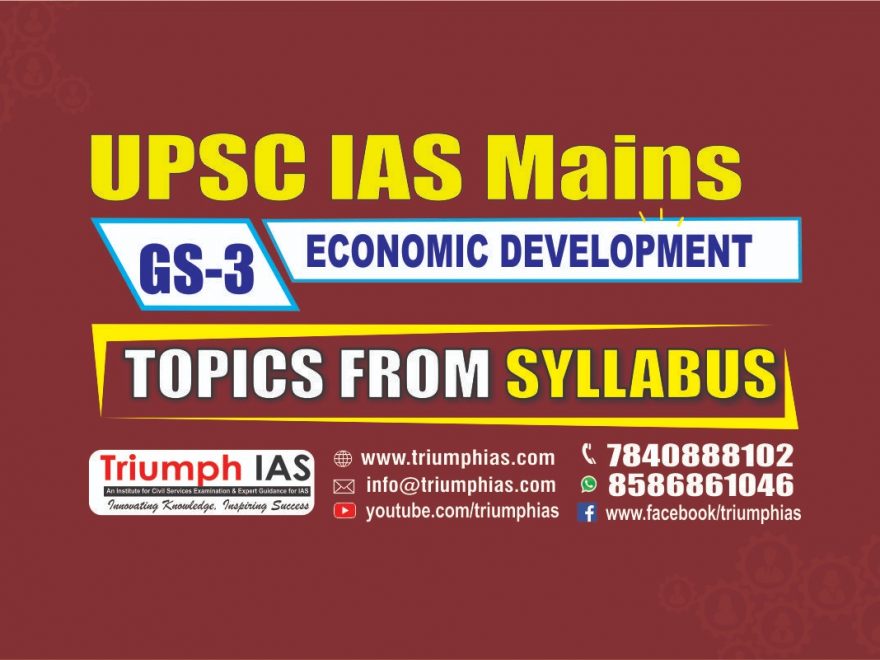Relevance: mains: G.S Paper III: Education, Human Resources.
UNESCO delegation led by Eric Falt, Director, UNESCO, New Delhi met the Vice President of India, M. Venkaiah Naidu, on Wednesday, July 10, 2019, and presented State of the Education Report for India 2019- Children with Disabilities’.
Key findings of the report:
- There are 78,64,636 youngsters differently abled in India constituting 1.7% of the all out kid populace.
- Three-fourths of the youngsters with handicaps at five years old years and one-fourth between 5-19 years don’t go to any instructive organization.
- The quantity of kids took a crack at school drops fundamentally with each progressive degree of tutoring.
- The girls are fewer in number, with incapacities in schools than boys in differently abled category in schools.
- Countless differently abled kids, don’t go to ordinary schools yet are selected at the National Institute of Open Schooling (NIOS).
- The level of kids going to schools is the most minimal among those with different inabilities, psychological maladjustments and mental impediment.
Possible challenges ahead:
Still noticeable gaps remain, despite the fact that progressive government plans and projects have carried huge quantities of differently abled kids into schools.
Just 61 percent of CWDs matured somewhere in the range of 5 and 19 were going to an instructive establishment contrasted with the general figure of 71 percent when all youngsters are considered.
Around 12 percent of CWDs dropped out of school, which is tantamount with the general level of dropouts among all youngsters. 27 percent of CWDs never gone to any instructive establishment, rather than the general figure of 17 percent when the whole tyke populace is considered.
An audit of enrolment figures at NIOS demonstrates a decay for most classes of inabilities somewhere in the range of 2009 and 2015.
Parent’s and teacher’s attitude toward mainstream education is important:
To accomplish the goal of inclusive education besides accessibility to physical infrastructure, processes in the school, assistive and ICT technology and devices being essential resources.
The report has made certain recommendations to improve the state of education for CWDs:
Amend the RTE Act to better align with the RPWD Act by including specific concerns of education of such children.
Establish a coordinating mechanism under HRD Ministry for effective convergence of all education programmes of children with disabilities.
Ensure specific and adequate financial allocation in education budgets to meet the learning needs of children with disabilities.
Strengthening data systems to make them robust and reliable and useful for planning.
Massively expand the use of information technology for the education of children with disabilities.
Give a chance to every child and leave no child with disability behind.
Transform teaching practices to aid the inclusion of diverse learners.
Overcome stereotypes and build positive dispositions towards children with disabilities, both in the classroom and beyond.
Way forward:
Comprehensive planning is too complex to execute and requires a fine comprehension of various needs of youngsters and their families crosswise over various settings.
India has gained significant ground regarding setting up a hearty legitimate structure and a scope of projects and plans that have improved enrolment rates of kids with handicaps in schools.
In any case, further measures are expected to guarantee quality instruction for each kid to accomplish the objectives and focuses of motivation 2030 and all the more explicitly Sustainable Development Goal 4.

